Getting high? 8 tips how to survive high altitude sickness
Traveling to high-altitude destinations can be breathtaking—literally! If you’re heading to places like the Andes, Himalayas, or other mountainous regions, understanding high altitude sickness is crucial for a safe and enjoyable trip. In this guide, we’ll explain the symptoms, causes, and most effective prevention tips for high altitude sickness, so you can focus on the adventure without letting thin air slow you down.
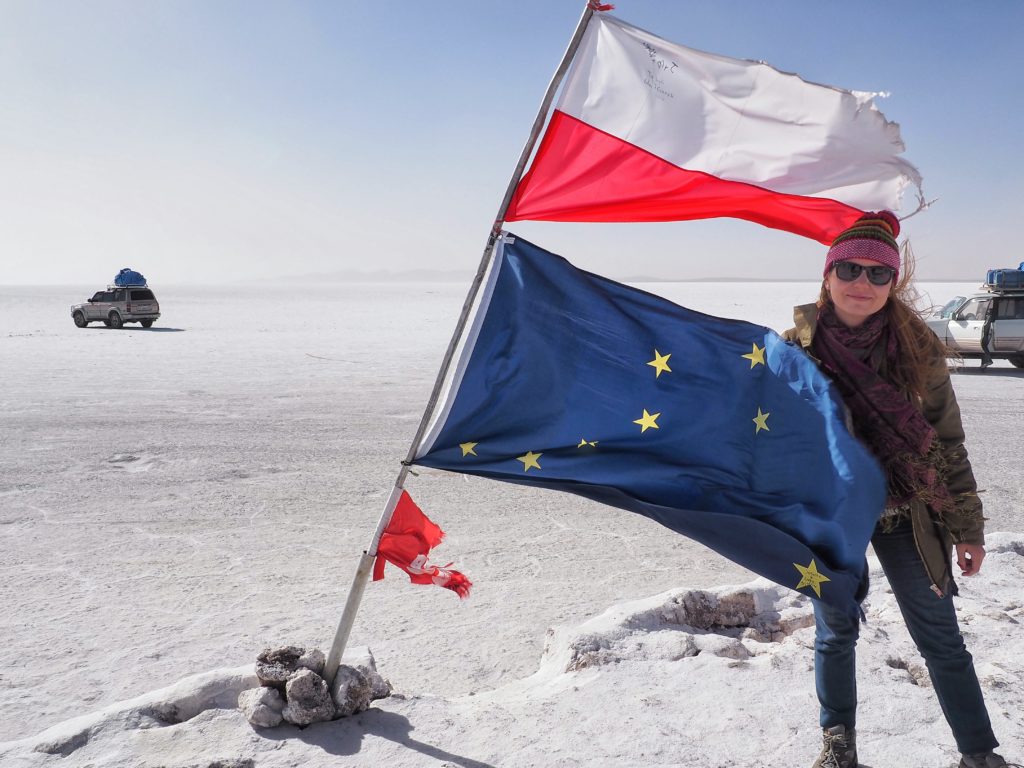
High altitude: what you need to know
Some of the incredible travel destinations are located in places difficult to reach or at a high altitude. High altitude sickness can ruin your trip, so prepare yourself beforehand.
This affects everyone to some extent, but some people suffer more than others. I almost always suffer from high altitude. From tiredness and sleepiness to rather extreme vomiting…I had it all. South America is a place with so many amazing locations. The pity is that many of them are located at high altitudes. It never actually stopped me from going places, but it definitely slowed me down and I could not enjoy as much as in other places. I tried many things and came up with some conclusions.
See also: What is worth knowing before your trip to Machu Picchu?
![]() Here you have some tips on how to avoid getting unwell and how to survive when you do. There’s nothing worse than traveling for many hours in an old crowded bus to a destination you have been dreaming of for a long and not being able to get up from bed once you get there.
Here you have some tips on how to avoid getting unwell and how to survive when you do. There’s nothing worse than traveling for many hours in an old crowded bus to a destination you have been dreaming of for a long and not being able to get up from bed once you get there.
Air at high altitudes is thinner and the content of oxygen is lower. This affects the functions of our bodies. 15% of the oxygen intake is used by our brains. If you lack of the essential amount of oxygen for the functions of your brain, your judgment declines and you might display speech confusion.
See also: That one time I went to Uyuni, Bolivia.
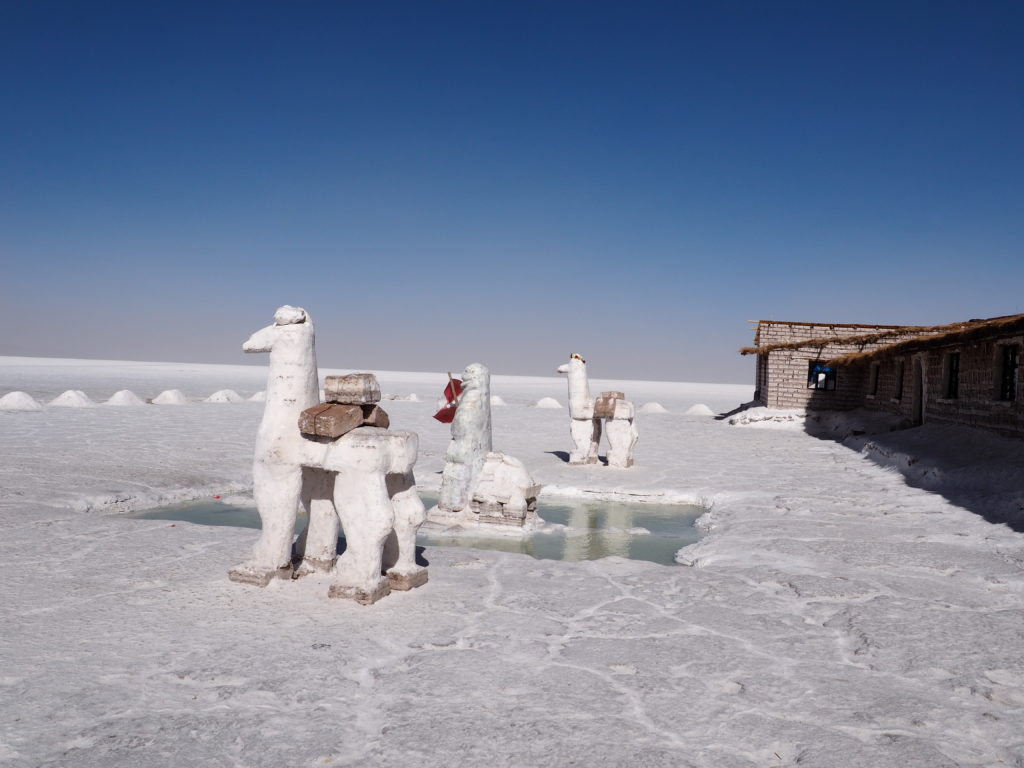
Symptoms of high altitude sickness can include:
- breathing difficulties,
- feel dizzy,
- suffer headaches,
- vomit,
- cough,
- have problems with sleep,
- get extremely tired.
Our bodies start ‘feeling’ altitude usually above 2500 meters above the sea level. Some people however, start having symptoms at much higher altitude than others. Just observe your body.
By following these simple steps, you can avoid some of the unpleasant symptoms and instead enjoy your trip.

Are you planning your next trip to a place located high above sea level? If so, read this.
If you plan to reach places in high mountains altitude adaptation can be different. This guide is based on my experiences and experiences of other travelers I have met on my way as well as locals from high altitude destinations and pharmacists.
Please note that this guide might not be useful for you if you plan to climb some extreme peaks. I haven’t been any higher than 5200 meters above sea level and therefore cannot give you any advice if you plan to travel higher than that.
1. Take it easy and rest.
When you arrive at a high altitude destination from a place that is much lower, give yourself some time to adjust. If possible, gradually travel high as it makes it easier to acclimatize.
At high altitude, your sleep can be disturbed and you may suffer sleepless nights. Taking sleeping pills, however, is not a good idea since your body is already extremely tired and the pills can cause slipping into coma. Oxygen shots can help you to have a good resting night.
2. Avoid exercise.
Try to walk slowly. Since the air is thinner, your body gets less oxygen than normal and it first utilizes it for brain functions before the muscles. If you exercise, your muscles will need more oxygen to work and there might not be enough for the brain. It can result in extreme tiredness and fainting. Don’t try to be a hero and push your body to the limits, there’s only so much you can control.
If you struggle with breathing, ask at your hotel or pharmacy for oxygen bottles.
3. Drink plenty water.
In many high-altitude places, the air is dryer than normal and the risk of dehydration is more likely. Symptoms of dehydration are similar to altitude sickness symptoms, so if you feel light-headed or have a headache, drink plenty of water. Dehydration makes blood thicker, which limits oxygen flow. Aspirin, apart from frequent water intake, can help. In South America, for example, tap water is not good for consumption, but I have discovered a great LifeStraw filter bottle that makes the water drinkable and saves you money.
Because the air has very low humidity, with every breath the water evaporates from your lungs, which can result in a dry cough. To ease a sore throat and cough, try to breathe through your nose instead of your mouth.
4. Avoid alcohol and caffeine.
As mentioned above, at high altitudes you can get easily dehydrated. Alcoholic drinks and caffeine are not a good idea as they contribute to faster dehydration.
5. Chew coca leaves.
Coca leaves are used to produce cocaine, but as a plant, they are used to help high altitude sufferers. For centuries Peruvians have been chewing coca leaves as an antidote to thin air. I haven’t tried it, others I met did and they swear it works. I had drunk however, coca leaves tea for breakfast in Cuzco. Are you thinking you might get drugged? Don’t worry, leaves before further production don’t have the same qualities as narcotics.
See also: Copacabana, Lake Titicaca and mixed feelings.
6. Eat light.
Digestion at high altitude slows down and some foods can be difficult to digest, for example, fatty foods. It is better to avoid them. Also, salty things should be avoided. Eat small amounts often, even if you don’t feel hungry. Feeling sick can be distressing, but avoiding food will make your body suffer more.
7. Eat carbohydrate-based foods.
Snack on nuts, chocolate, seeds of any kind and dry fruits. Those will give you energy and are easy to digest.
8. Keep warm.
At high altitudes, the temperature drops down. It is not only not very pleasant (well…especially for sun and heat lovers like me), but also dangerous. Wear layers, drink plenty of water and eat small portions frequently. This will help your body stay warm.
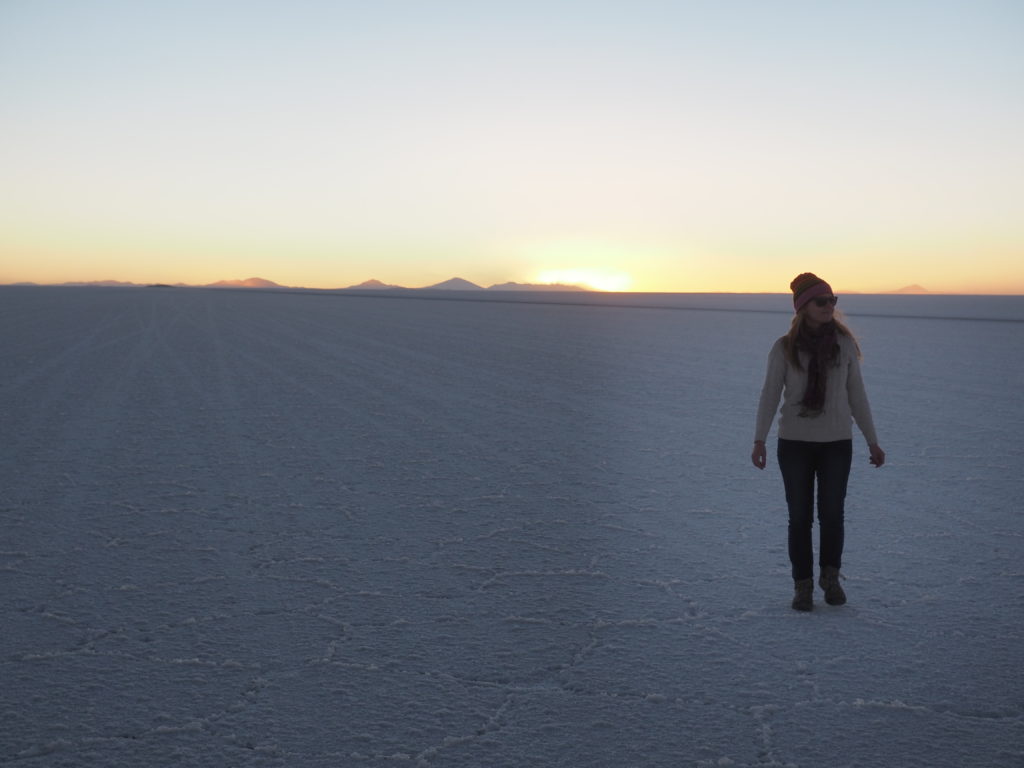
Favourite travel resources:
- Booking.com for searching best prices on accommodation.
- Discover Cars is a great website as they search both local and international car hire services, so you can choose the best deal for yourself. Make sure though, that the company has a good reputation and reviews.
- Get Your Guide is my place to go for searching and booking tours and excursions, especially when I travel solo.
- World Nomads travel insurance. I like them because they have quite extensive coverage of different activities.
- Jack’s Flight Club is a service that can save you hundreds of dollars on flights, it works especially well in Europe.
- Trivago where you can search and save on hotels.
- Go City is a perfect site for booking bucket list experiences and attractions all in one to avoid paying for multiple tickets. Easy and saves money.
- Skyscanner is a perfect website for searching flight routes and comparing prices.
I hope these tips will be useful for you one day and you will be able to enjoy some awesome destinations to the fullest.
I would love to read your feedback in the comments. If you like this post, share it with others and make their holidays easier.
Did you like the post? Pin it for later:

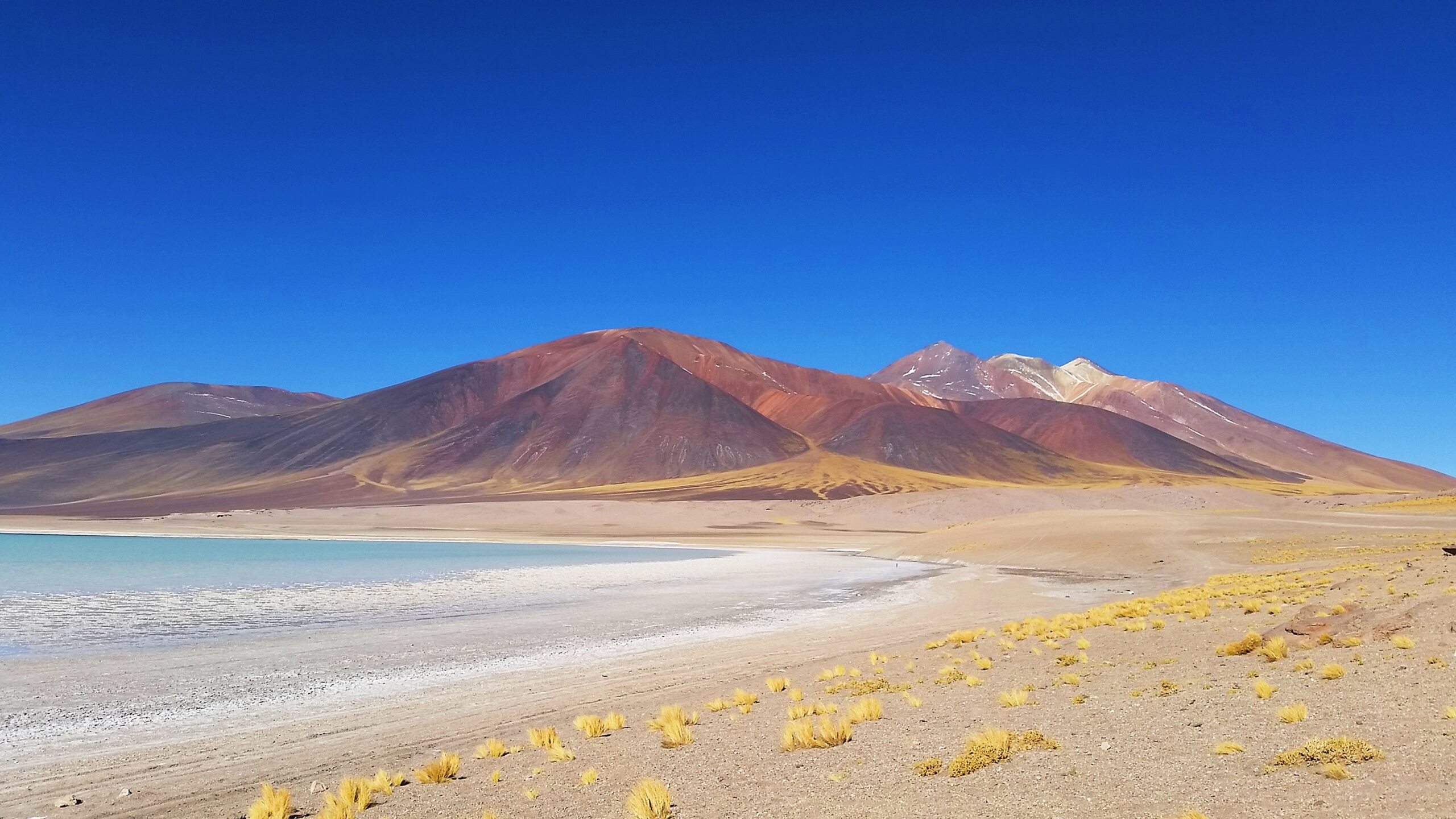
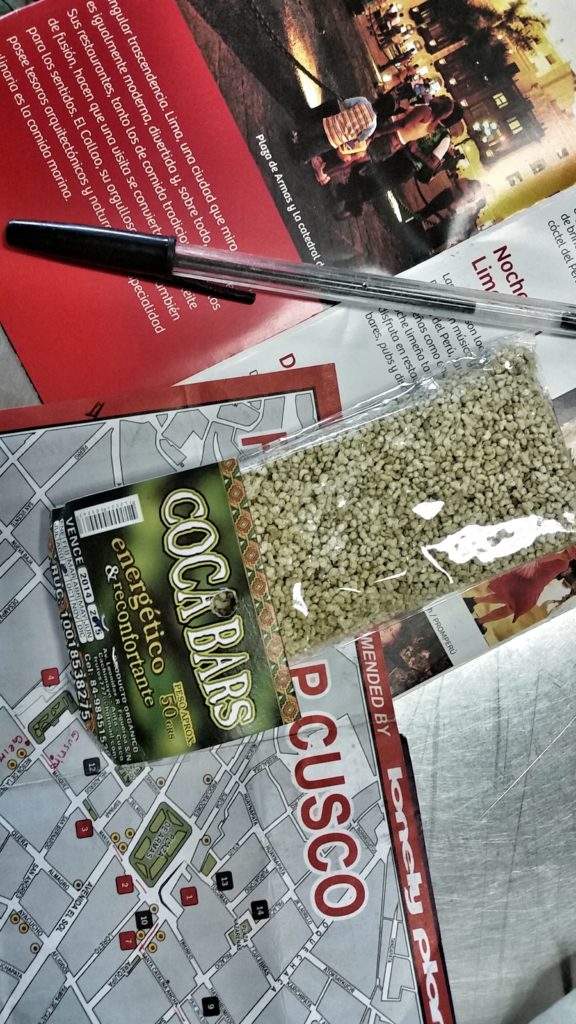
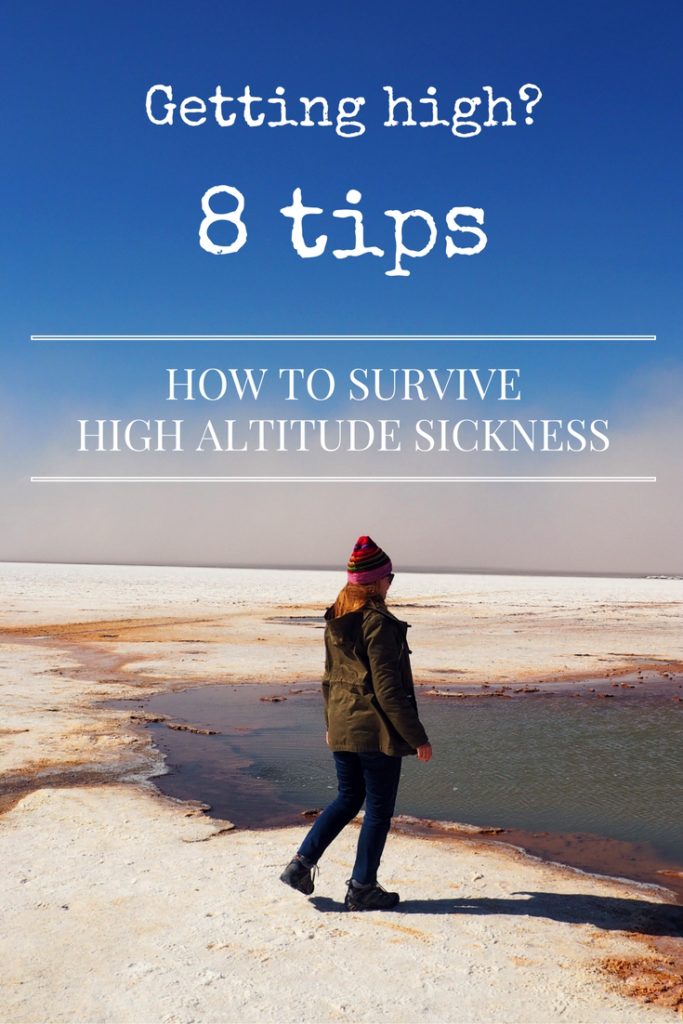
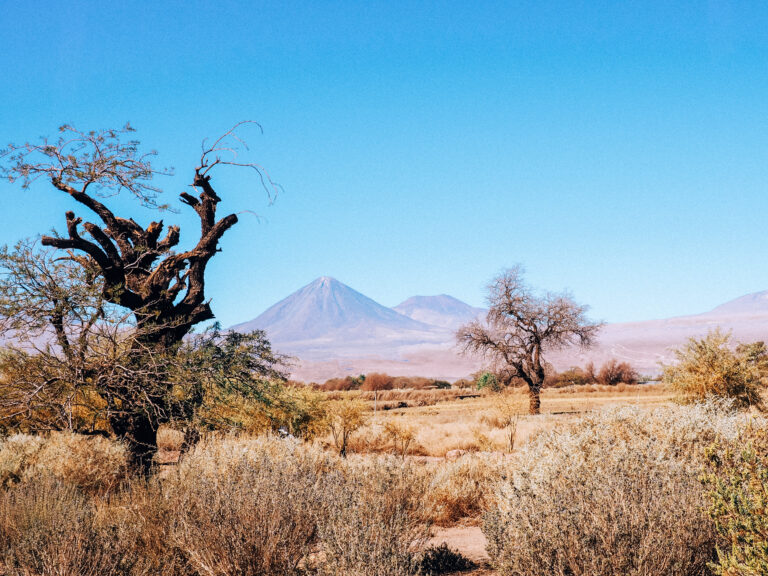
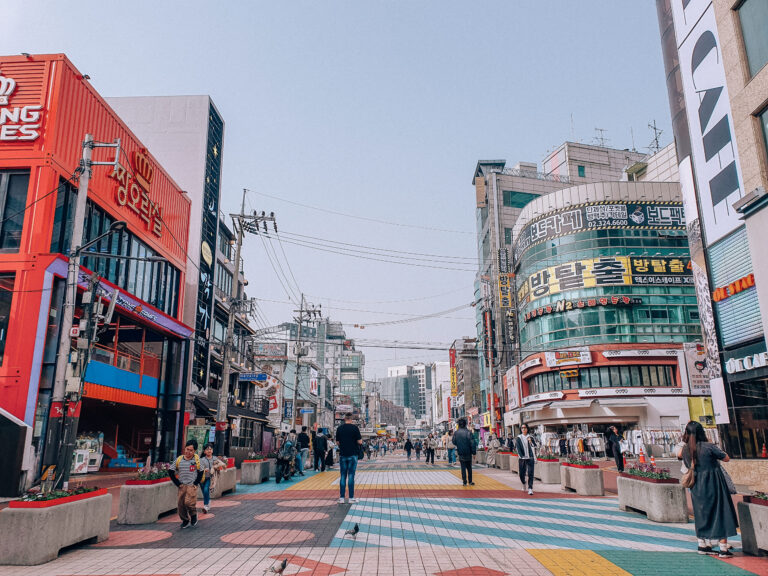
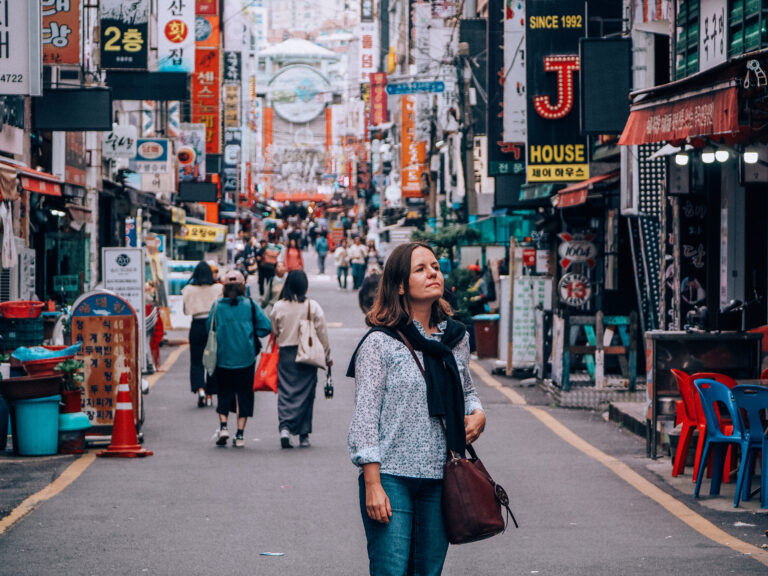

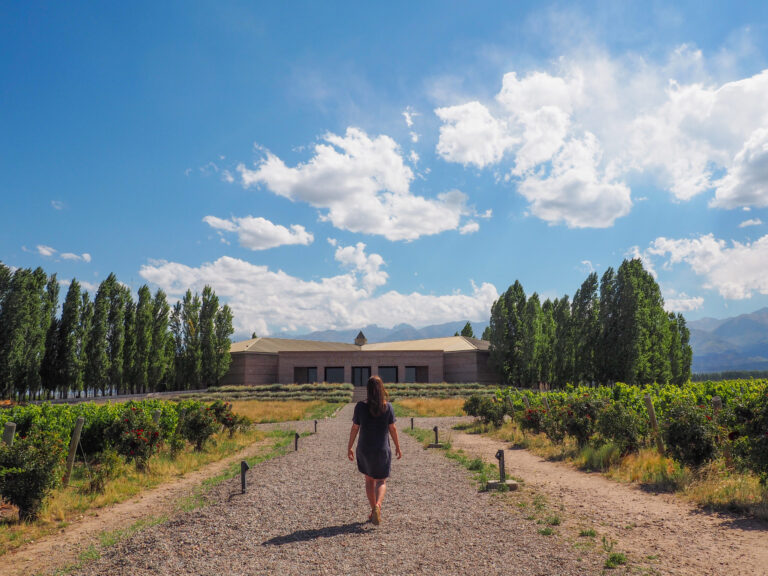
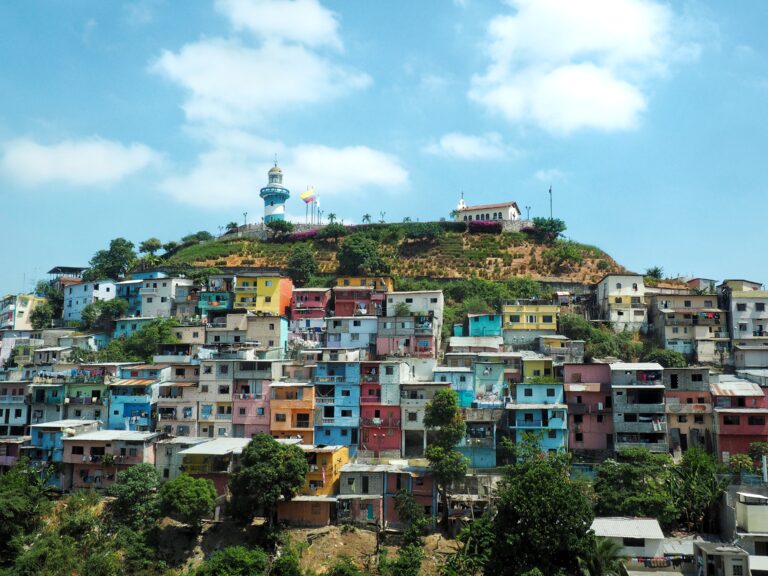
Useful tips, even if I have no plans to vacation in the highlands (I don’t do well with tall buildings, let alone mountains.)
Exactly!
It can hit anyone, so it’s very important to take it easy.